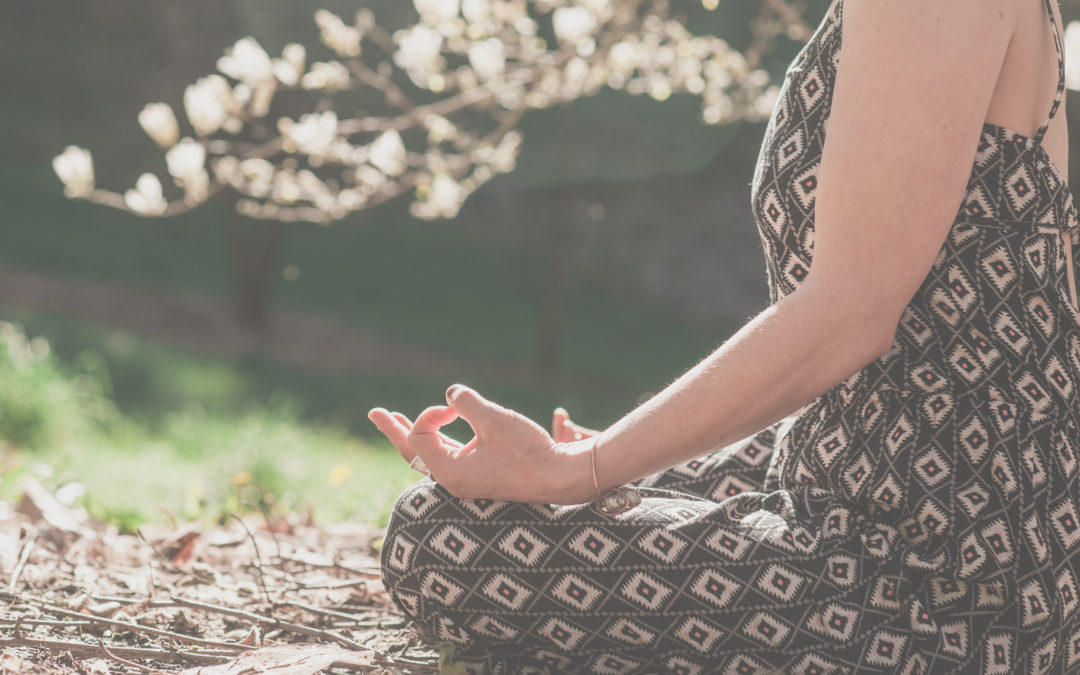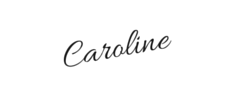Why does my yoga teacher always remind me to breathe?
Yoga and the breath are intricately connected. Understanding the yogic breath will help you deepen your practice and increase the connection between mind and body. The foundation of any yoga practice is the breath. The term Pranayama comes from the Sanskrit “prana” meaning life force energy, and “ayama” meaning freeing or extending. Therefore pranayama is the conscious control of the prana through our manipulations of the breath. You may hear this term during a yoga class, and all it means is that you are going to do some type of conscious breathing exercise.
Here is a brief introduction to some terms and breath exercises you may encounter on your journey to zen.
The Natural Breath
An important place to start is noticing the natural breath. Although it’s not technically a pranayama practice because it’s not controlling the breath, the natural breath is the basis for your pranayama practice. The natural breath is unmanipulated. For example when in Savasana at the end of a yoga practice the breath is naturally flowing, as we surrender and release into the pose.
However, many of us have abandoned our natural breath, as stress, tension, and pain all affect how we breathe. Over time we habituate an unhealthy breathing pattern, originating from the upper chest, rather than the abdomen. When our breath resides in the upper chest it’s shallow, making it difficult for enough oxygen to enter.
During meditation or savasana, notice where your breath is coming from without trying to change it. Notice what parts are moving on the inhale and the exhale. If your upper chest, collar bones, and shoulders are moving and your abdomen is relatively still then that is an unnatural breath. This is often known as chest breathing. In chest breathing the diaphragm does not extend downward completely and the inhalation is in the chest area only. The breath is shallow, and can contribute to anxiety and physical ailments.
If your abdomen and lower ribs expand and contract upon inhalation and exhalation, and the upper chest and shoulders remain still, then it is a more natural breath. This is also referred to as diaphragmatic breathing. In diaphragmatic breathing, the abdominal cavity and thoracic cavity are engaged to draw in a deeper breath. The diaphragm moves down, causing air to fill the lungs, bottom to top, side to side, and front to back.
The Full Yogic Breath
When practicing the full yogic breath we breathe into three sectors of the torso one at a time, then release the breath one sector at a time.
First inhale into the belly, extending outward. Pause. Then inhale into the mid chest as the ribs expand to the front, back and sides. Pause. Then inhale into the upper chest, the area just under your collar bones. Progressively filling up from bottom to top, creating expansion in all directions. Then gradually release the breath without forcing it out.
Ujjayi Breath (pronounced oo-jye)
In sanskrit ujjai means triumphantly uprising or expanding. In this breath the “prana” or life force energy is flowing upward through all of the chakras. It is said that when prana is flowing through the chakras we are in a state of union or oneness.
The ujjayi breath is done through the nostrils with the lips closed. The breath is even and steady. There is a slight contraction at the back of the throat which will make a subtle hissing sound. Basically it’s like you’re trying to fog up a mirror but with the mouth closed. The inhalation and exhalation should me slightly audible. This breath is often done during a yoga practice, pairing inhalation and exhalation with the movements in and out of poses. It builds heat in the body and connects you to the flow of the breath. According to BKS Iyengar this is also good for those suffering from low blood pressure, asthma, and depression, as it invigorates the nervous system.
If you’re just getting into yogic breath work I’d recommend checking out Donna Farhi’s The Breathing Book which is is a great introduction and gives an overview of why it’s so important in your yoga practice. For those more experienced yogis Gregor Maehle’s Pranayama: The Breath of Yoga is perfect for integrating essential pranayama exercises into your yoga practice.
Now that you know about the importance of the breath, if you are looking to deepen your meditation practice click here for some information to help you get the most out of your time in meditation.
xo,



